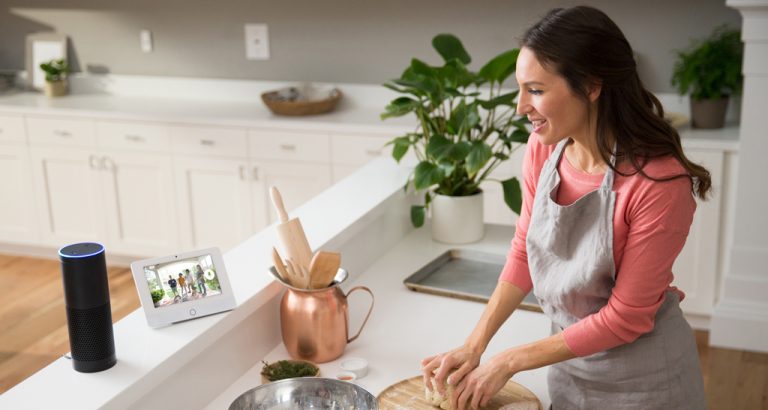
Difference between customer satisfaction and customer delight
Customer delight is achieved through a WOW effect, a level of satisfaction that goes beyond expectation. In terms of market research, a satisfied customer’s contentment lies somewhere between their expectations and the desired results. A delighted customer, however, will feel that the desired results have not only been met, but also exceeded.
It’s very important to have a clear view of the two elements, as well as taking into consideration a third one:
- Satisfaction: You did enough to satisfy an expectation;
- Delight: You went above and beyond to satisfy an unexpected desire;
- Loyalty: You satisfied them so much that they will prefer you over any competitor.
The fact that some customers might not make any complaints, or might continually purchase a company’s products, gives sufficient reasoning to some companies to assume that these customers are loyal. But this is not always the case. Sometimes it may just be out of habit or pure convenience.
However, as concluded by Berman and Blanchard, who have studied the differences between satisfaction and delight, turning a satisfied customer into a delighted customer can have tremendous benefits for the brand. Companies that have managed to delight customers have essentially and effectively established a sense of loyalty. Various studies have shown a strong correlation between customer retention and profits, growth rates and other measures of market value.
Blanchard (2007 – Leading at a Higher Level) states that companies must go beyond merely satisfying customers in order to keep them and attract new ones. It is fundamental to instil within the customer an exceptional level of fondness for the company and/or the product, by offering a service that categorically exceeds expectations and leaves a lasting impression. A delighted customer is more likely to purchase again than a satisfied customer. Creating customers for life requires companies to heighten their level of attention to customer care.
The difference between satisfaction and delight is vast. The key is to identify the right customer experience to trigger a continuous return.
Can Customer Delight Be Measured?
In addition to obtaining spontaneous feedback, listening to the voice of the customer is essential. You can establish satisfaction-related metrics to measure your progress over time, to identify changes and to react to any negative trends.
Sentiment is intrinsically linked to a customer’s engagement with a product or brand, be it a purchase, an online review or a mention on social media. There is always an emotional aspect connected to their actions. Customer sentiment can be monitored by considering the vocabulary, measuring the tone, and even analysing facial expressions. This is all qualitative data that can be collected through focus groups, by interviewing customers face-to-face or observing them in-store. The data collected can then be used to produce a Customer Delight Model, which will detail all the situations in which the user was extremely satisfied.
Now you can transform this into a well-designed questionnaire, and you can start a large-scale quantitative market research study. Although it may seem paradoxical, the more data you want to collect, the shorter the questionnaire should be. If you plan for no more than 15-20 questions, with maybe one or two open-ended questions for a slightly deeper insight, you will be much more likely to achieve more completed interviews.
Below you can find some example questions that can easily help you to measure customer delight and, consequently, customer loyalty:
- You received the T-shirt because you’re a special customer. How many times do you wear it? [or] When did you wear it [last]?
- If you happened to visit the city where [brand] is located, would you like to visit the company?
- [Open ended] Describe a time when you were extremely surprised by the brand.
In the following image, let’s take a look at a typical CAWI question (online questionnaire), easily convertible into six CATI questions (telephone questionnaire).
If you really want to make a difference, you must measure the indifference around your product and destroy it. The best way to do this is to invest in good market research (contact me), the only real starting point for brand evolution. If you listen to your customers, you will learn to be more aware of what they want and need. This way, you can cater to them more effectively to ensure customer loyalty and company growth.
See you next time,
Ennio Armato
e.armato@iff-international.com
Other Articles
-
Market Research Overview19 December 2024
European market research trends 2024: quantitative insights across the Big Five
If you think about market research 20 years ago, the first image that comes to mind is probably rows of cubicles, each occupied by an interviewer with headphones on. Call centers w... -
Market Research Overview21 September 2022
Metaverse Market Research – Maybe is possible
This article is not about a research on the metaverse, but what the metaverse represents for the world of market research. I will be talking about it at the next Printemps des Étud... -
Market Research Overview5 July 2021
The best AI tool for market research
I’m biased, I can’t hide it: I feel this AI tool for market research as my own creature. Only after months of working on this mix between vocal assistant (Alexa) and data collect...


